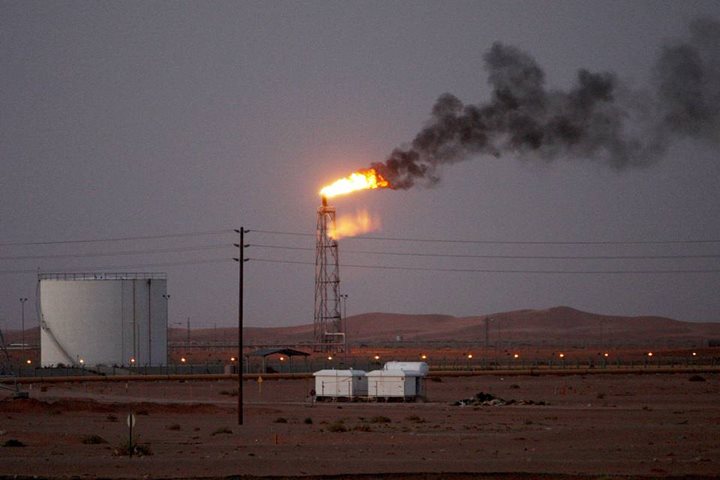According to a survey conducted by S&P Global Platts, OPEC’s crude oil output increased by 270,000 barrels per day in May over April, which allows it to stand at 32.12 million barrels per day. This will be the highest level it has reached since January of 2017.
Even though there is high agreement from Saudi Arabia and Angola, production jumped from OPEC members Libya and Nigeria. Plus, Global Platts survey showed that Iraq has continued to under-comply, which has led to an increase in production in May.
Nigerian oil output increased last month to 1.73 million barrels per day, according to the Global Platts survey. This increase is up by 80,000 barrels per day from April. Additionally, mostly due to the restart of Forcados crude exports, this is the highest level reached since March of 2016. Based on Global Platts shipping data, two Suezmax tankers full with crude oil set out from Nigeria’s Forcados terminal at the end of May.
Meanwhile in Libya, crude oil production increased by 180,000 barrels per day to 730,000 barrels per day in May. This is the highest level it has reached since October of 2014. This increase in output is due to the Sharara field restarting production and exports from eastern and western ports steadily rising.
Many believe that production from Libya and Nigeria will continue to be on the rise throughout the summer. This, as stated by Global Platts, will be, for OPEC, “a tricky period in its attempt to accelerate the market’s rebalancing.”
Keep in mind that output in Saudi Arabia, which is OPEC’s number one producer, has dropped to 9.93 million barrels per day in May. This is down 40,000 barrels per day from April of 2017. That said, output at OPEC’s number 2 producer, Iraq, has increased by 70,000 barrels per day to 4.43 million barrels per day in May. Based on calculations by Global Platts, Iraq is going rogue and their compliance in the first five months of the deal is 70%. This makes them one of the least-compliant producers. In May, according to Global Platts, OPEC’s number 3 producer Iran, was below this level, with 3.78 million barrels per day.
“Despite strong compliance overall so far, OPEC’s efforts have not borne much fruit, as far as oil prices are concerned,” says Eklavya Gupte, Senior Editor, Europe and Africa Oil News, S&P Global Platts. “If global stocks do not start to show demonstrative signs of steady draws, OPEC may have to be more creative with its strategy.”
To add, Gupte says, “OPEC could face a brewing political crisis as two key members have broken diplomatic ties with Qatar. In the past, the group has managed to put aside political rivalries to focus on production management, but geopolitical risk is always something that bears watching within OPEC.”
If you are looking to make a few energy investments, and you have your mind set on oil, watch out for OPEC’s Monthly Oil Market Report, which provides data for May, on Tuesday, June 13, 2017.
Featured Image: Facebook/European Pressphoto Agency











